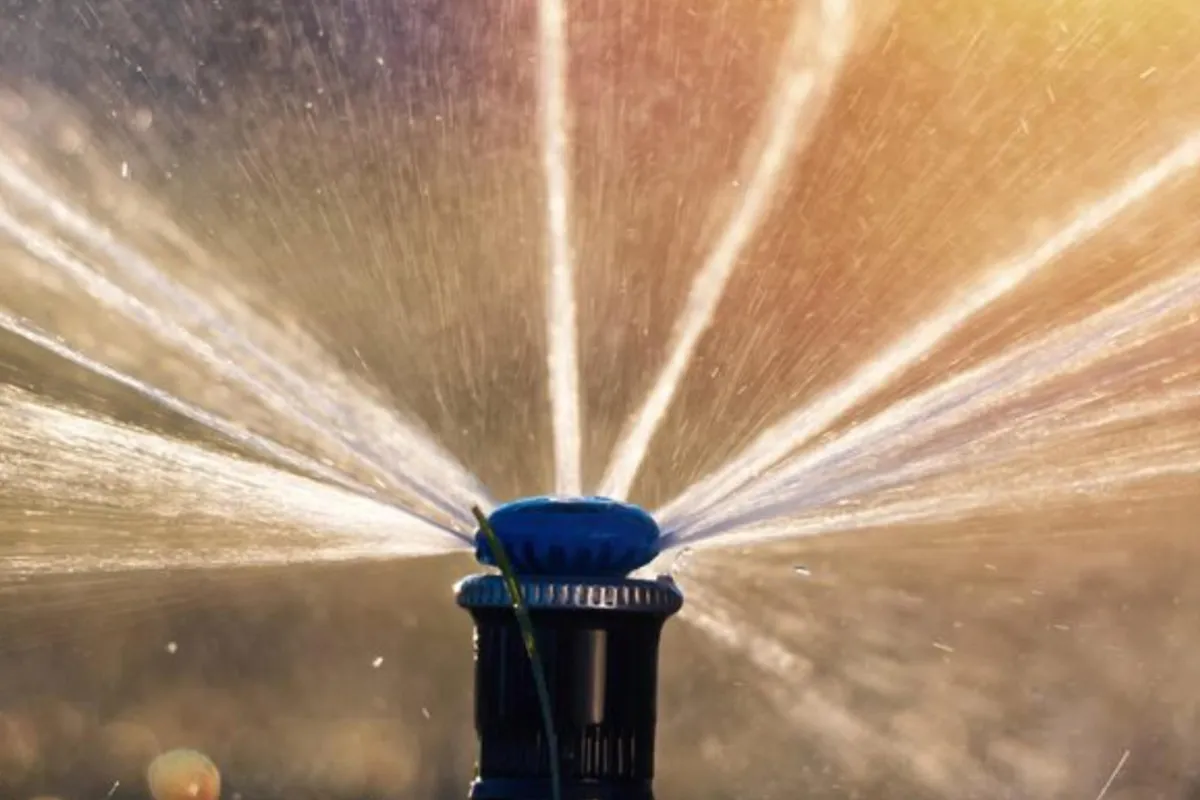
Sustainable Irrigation Practices for Connecticut Homeowners
Introduction
Sustainability is no longer just a buzzword—it’s a lifestyle choice many Connecticut homeowners are embracing. From reducing household energy use to cutting down on waste, eco-friendly living extends to how we care for our lawns and gardens. Traditional irrigation practices, however, often waste water and energy, working against those green goals.
For homeowners in Milford and across Connecticut, sustainable irrigation practices offer a smart way to maintain beautiful landscapes while conserving resources. By adopting water-wise techniques and modern irrigation technology, you can achieve a healthy lawn that benefits both your property and the environment.
This guide explores the most effective sustainable irrigation practices for Connecticut homeowners who want to go green.
Why Sustainable Irrigation Matters in Connecticut
Connecticut’s climate features wet springs, hot summers, and unpredictable rainfall patterns. These shifts make water management a challenge, and outdated irrigation practices often worsen the problem.
Here’s why sustainability matters for local irrigation:
Water Conservation – Outdoor water use can account for up to 50% of household consumption in summer. Sustainable practices reduce this significantly.
Cost Savings – Lower water bills are a natural benefit of using water more efficiently.
Healthier Landscapes – Lawns and gardens thrive when watered properly, reducing disease and stress.
Environmental Responsibility – Cutting water waste supports community-wide sustainability goals and protects local ecosystems.
Sustainable Irrigation Practices for Connecticut Homeowners
There are many ways to make your irrigation system greener. Below are the most effective practices to adopt:
1. Install Smart Irrigation Controllers
These systems adjust watering schedules based on weather forecasts, rainfall, and soil conditions. In Connecticut’s variable climate, this ensures lawns get water only when needed.
2. Use Drip Irrigation for Gardens and Beds
Drip irrigation delivers water directly to the root zone, reducing evaporation and preventing overwatering. This is especially effective for vegetable gardens, shrubs, and flower beds.
3. Water at the Right Time of Day
Schedule irrigation early in the morning (4–9 AM) to minimize evaporation and reduce the risk of fungal diseases. Avoid midday watering, when the sun causes rapid evaporation.
4. Regularly Inspect and Maintain Systems
Leaks, clogged nozzles, and misaligned sprinkler heads can waste thousands of gallons each season. Seasonal inspections keep your system running efficiently.
5. Choose Native and Drought-Resistant Plants
Sustainable irrigation isn’t just about technology—it’s also about smart landscaping choices. Native Connecticut plants require less water and are naturally adapted to the climate.
6. Mulch to Retain Moisture
Adding mulch to garden beds reduces evaporation, stabilizes soil temperature, and conserves water.
How to Transition to Sustainable Irrigation
Making your irrigation practices eco-friendly doesn’t need to happen all at once. Here’s a step-by-step approach:
Evaluate Your Current System – Have a professional inspect for inefficiencies.
Prioritize Upgrades – Start with smart controllers or drip irrigation in high-need areas.
Adopt Seasonal Adjustments – Reduce watering in spring and fall, increase during peak summer heat.
Incorporate Landscaping Changes – Gradually replace high-water-demand plants with natives and drought-tolerant varieties.
Commit to Ongoing Maintenance – Sustainability requires consistency, so plan seasonal checkups.
FAQs About Sustainable Irrigation
What is the most efficient irrigation method for Connecticut homeowners?
Drip irrigation is the most water-efficient method for gardens, while smart sprinklers work well for lawns.
Can smart irrigation systems save money?
Yes. Homeowners typically save 20–40% on outdoor water use by upgrading to weather-based controllers.
How do I know if my current system is wasting water?
Signs include high water bills, puddles, uneven lawn growth, or sprinklers spraying sidewalks and driveways.
Are sustainable irrigation systems expensive to install?
While upfront costs can be higher, long-term savings on water bills and reduced maintenance make them cost-effective.
Do I still need professional maintenance if I switch to sustainable irrigation?
Yes. Regular inspections ensure sensors, controllers, and emitters remain calibrated and efficient.
Conclusion
Going green with your irrigation system isn’t just good for the planet—it’s good for your wallet and your landscape. By adopting smart controllers, drip systems, and sustainable watering practices, Connecticut homeowners can conserve water, reduce costs, and maintain beautiful, healthy yards.
For residents in Milford and Fairfield County, Rainmaker Irrigation provides expert guidance and installation of sustainable irrigation systems tailored to Connecticut’s climate. With the right approach, you can enjoy a greener lawn while supporting a greener future.